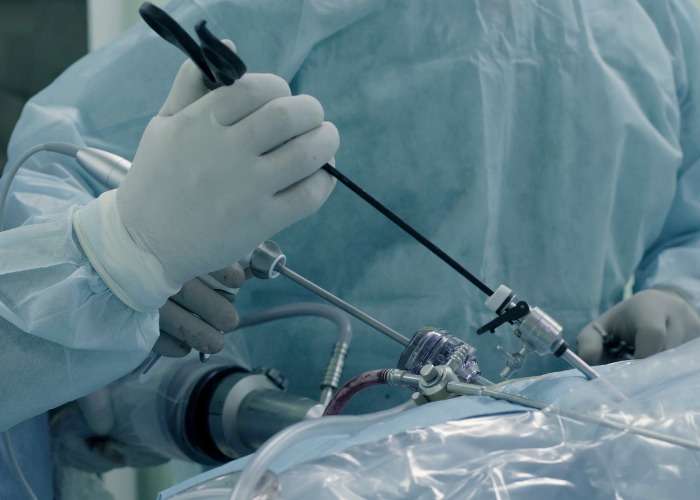
Gynecological laparoscopic surgery is a minimally invasive procedure that enables the surgeon to do the procedure without creating a significant incision. Via a tiny incision, a laparoscope—a thin, illuminated tube with a camera on the end—is introduced into the abdomen. The surgeon can examine the pelvic organs and do surgery without making a significant incision thanks to the camera, which transmits photos of the inside of the body to a TV monitor in the operating room.
In the abdomen, further tiny incisions might be created so that specialised, ultra-fine surgical equipment can be inserted.
Less pain compared to open abdominal surgery, fewer problems, less scarring, shorter hospital stays, and quicker recovery are some advantages of laparoscopic gynaecological surgery. Most patients leave the hospital the same day (for outpatient surgery) or the next morning.
Endometriosis, fibroids, ovarian cysts, ectopic pregnancies, sterilisation, pelvic difficulties including urine incontinence, and pelvic support issues like uterine prolapse are just a few of the gynecologic illnesses that can now be treated with laparoscopic surgery instead of through huge incisions. A laparoscopic hysterectomy and a laparoscopically assisted vaginal hysterectomy are just a few of the treatments it can be utilised for.